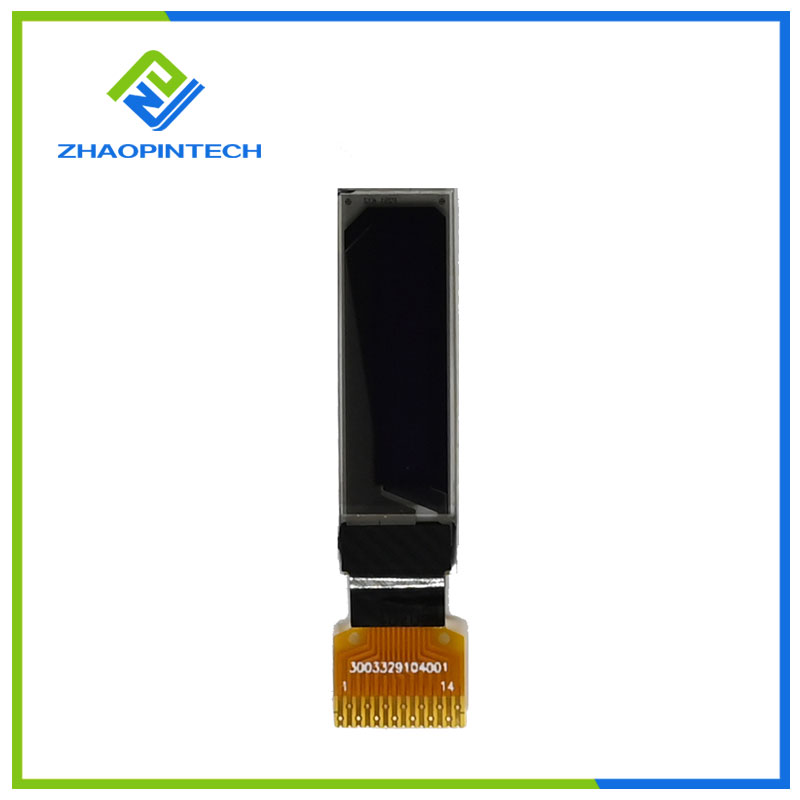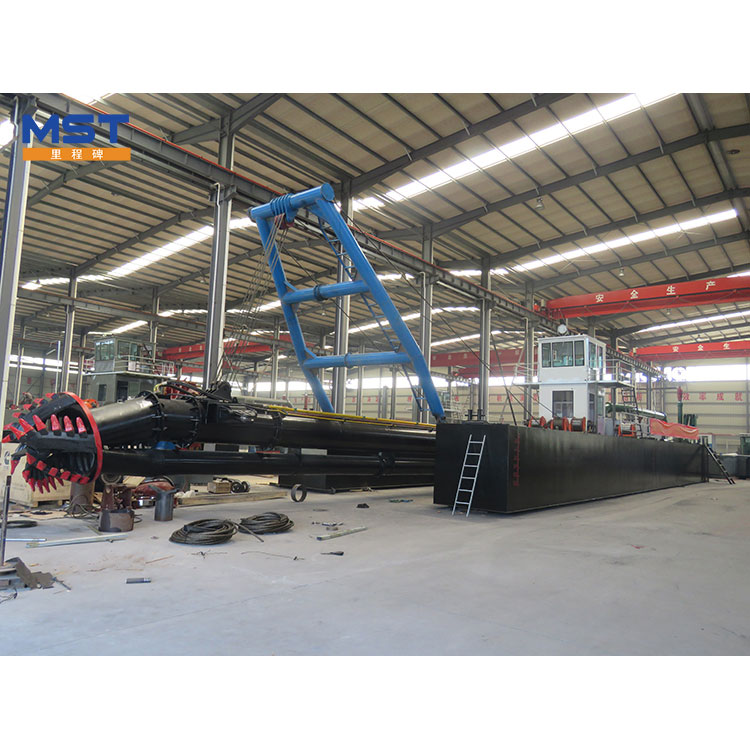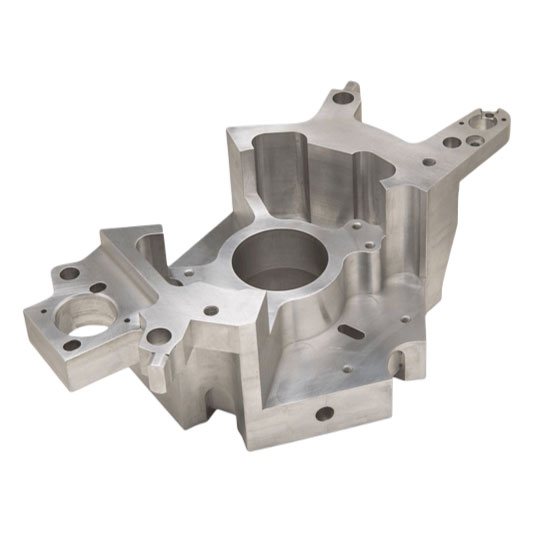Spring Ball Check Valve
A spring ball check valve, also known as a spring-loaded ball check valve, is a type of check valve used to control the flow of fluids, typically in pipelines and plumbing systems. Check valves are essential components that allow fluids to flow in one direction while preventing backflow in the oppos......
Send Inquiry
Product Description
A spring ball check valve, also known as a spring-loaded ball check valve, is a type of check valve used to control the flow of fluids, typically in pipelines and plumbing systems. Check valves are essential components that allow fluids to flow in one direction while preventing backflow in the opposite direction. They ensure that fluids flow in a single direction, preventing any reverse flow or backflow, which can be crucial for the proper functioning and safety of various systems.
The key components of a spring ball check valve include:
1. Body: The main housing or casing of the valve, which contains the internal components.
2. Ball: A spherical-shaped valve element that moves up and down within the body. The ball is designed to block the flow when it rests against the seat, preventing backflow.
3. Seat: The sealing surface inside the body against which the ball rests when the valve is in a closed position. The seat ensures a tight seal and prevents leakage.
4. Spring: The spring is positioned behind the ball inside the valve body. Its purpose is to provide force or pressure to keep the ball against the seat, ensuring a positive seal and preventing backflow.
When fluid flows through the valve in the desired direction, it pushes the ball away from the seat, allowing the fluid to pass through the valve unimpeded. However, when the flow direction changes or stops, the spring forces the ball back against the seat, blocking any reverse flow.
Spring ball check valves are commonly used in various industries, such as water and wastewater treatment, oil and gas, chemical processing, and residential and commercial plumbing applications. They are typically selected when a reliable, low-pressure drop, and a simple check valve design are required to prevent backflow and protect equipment or processes from damage.










